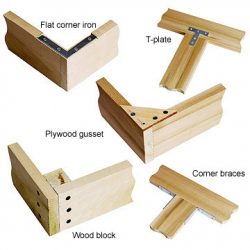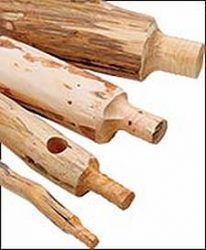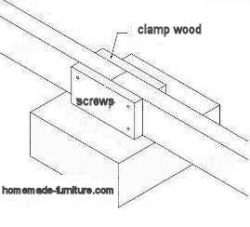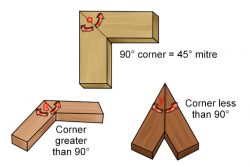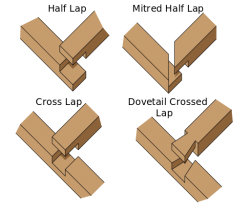Joining timber with mortise and tenon connections.
This wood joinery has many applications.
The mortise and tenon woodjoints can be executed in many ways.
See a full list of these connections on Wikipedia.
Here we show the most used applications of mortise and tenon in joinery for furniture.
Classic joinery in the furniture industry.
This joinery method has been in use for many centuries.
How to make this wood joint is easy, and only a few basic carpentry tools will be needed.
Most woodworking plans for homemade furniture will include one or more of these mortise and tenon joints.
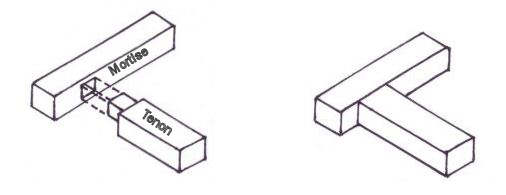
One piece has a hole, that is called the mortise.
The other part has a protruding bit like a tongue, that is the tenon.
Both parts fit together, the shape is usually rectangular.
In that sense it is similar to the dowel connections which are made with round holes and wooden plugs.
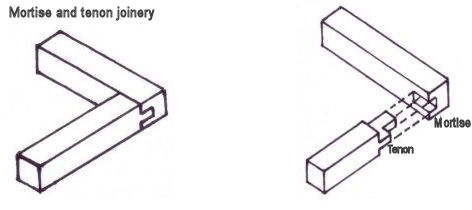
https://www.youtube.com/watch?v=s84MJ7b1GNo
Shouldered mortise and tenon.
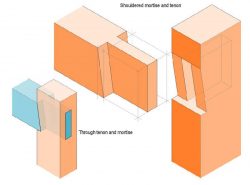
A shoulder gives extra strength to this joinery method.
The shoulders are specially usefull when there is force executed downwards.
This can for instance be in the case of table legs or construction of houses with timber.
Once you have mastered the technique to make nice mortises and tenons this will the next step.
There is hardly any difficulty in this improvement for the joint.
The mortise part gets an extra mitered cut and the tenon gets its corresponding material removed.
These pointed dowels are made with a spoke pointer tool.
That technique is often used to make farmhouse furniture from logs and spruce.
More methods to connect timber.
Joinery to make furniture, easy examples for woodworking techniques.
